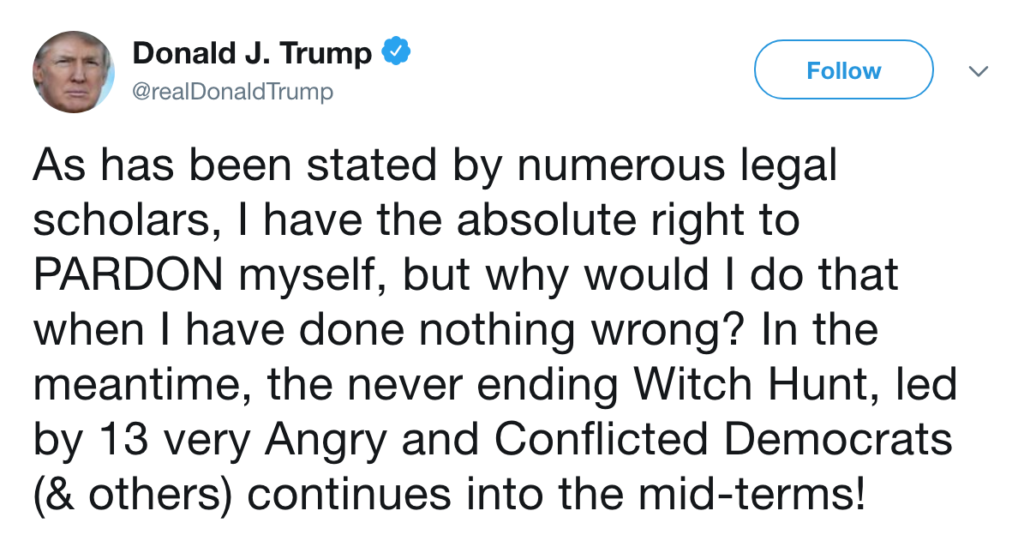When to go public with your faith
In the past couple weeks, we’ve watched two men from two different Hollywoods talk about their faith. One received a lot of applause and praise hand emojis; the other was relentlessly mocked.
So, why the discrepancy? Because Chris Pratt considered his audience and provided context, and Jeff Sessions didn’t. Let us explain.
#1 — Know Your Audience
While most people believe in a higher power, not everyone subscribes to the Bible. To guarantee your message reaches as many people as possible, remain inclusive by using generalizations that most people agree with regardless of their faith – i.e. God loves you.
#2 — Context Matters
It rarely works to apply one Bible verse to a complex issue, so we recommend you don’t. But if you find yourself speaking to an audience that wants (and is prepared) to hear scripture cited or read, you have to give context.
Jeff Sessions may have been able to escape the mockery if he had first provided context for the Romans 13 reference, or he may have realized in the process of providing context that his reference didn’t apply to the larger policy issue.
If you’re unsure whether to talk about your faith in public, first consider the audience:
- Sometimes it’s best to stick with a general truth that applies to many faiths.
- Sometimes it’s best to use examples to prove your point — remember, Jesus often spoke in parables.
- Sometimes it’s helpful to state your case, but not tie your perspective to faith.
Whatever you do, choose wisely. And if you cite a document of faith — Bible, Torah, Koran, etc. — always provide context.














